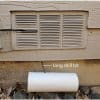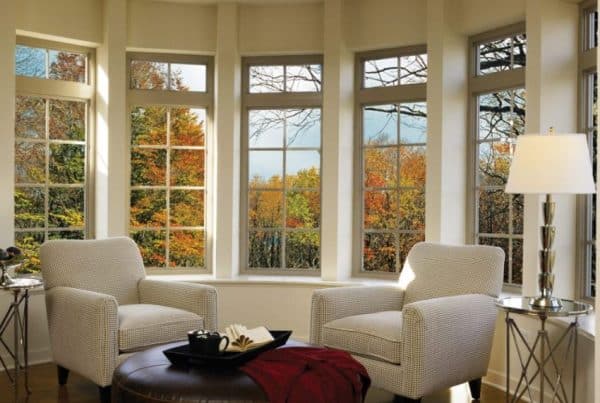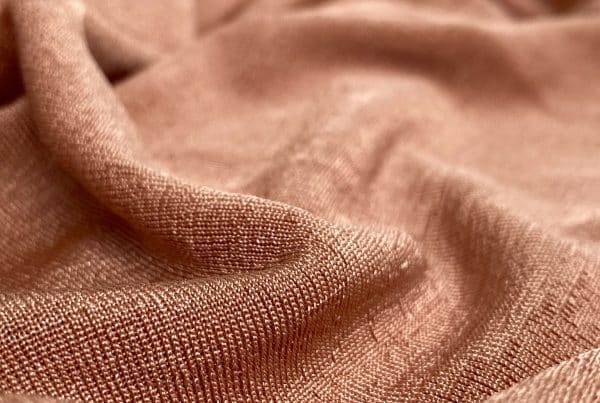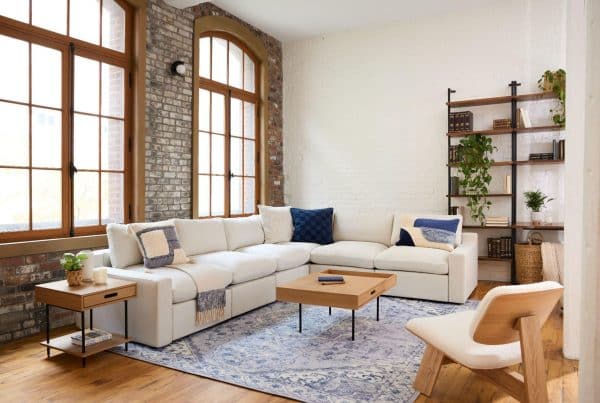Construction sites are just one of those places where dirt and debris are pretty unavoidable. This is why many individuals choose to actually move out of their homes when they are getting construction work completed on it. Usually, contractors will clean up before they leave or finish the work. However, even the most diligent builders can leave some sort of mess. Make sure your home is clean after construction to avoid hazards or illness.
Begin with a rough clean
The very first cleaning phase is commonly known as a rough clean. As the name suggests, this is the step where the basics of the construction work are completed (for example, the plumbing, wiring and framing). This means cleaners, or yourself, are able to get into those areas to remove any dirt or debris which may be sitting there. This is the time to complete a rough clean on your property. Obviously, your builders will be returning to complete the rest of the work, but keeping clean as you go can help at the end.
Stage two is called the final clean
Once the construction work on your home is finished, you will want to complete something known as a final clean. This is the stage in the cleaning process that is bound to take you the longest, and that is because it is the deepest clean one needs to do. You need to clean everything within the construction area. We are talking surfaces, floors, radiators, cupboards. If you are getting construction work on areas in your home like your kitchen or bedroom, these areas need extra attention because of how much time you are likely to spend in these rooms.
The final step is a touch-up clean
This is the very final stage of the post-construction cleaning process, and should only be completed once the builders and their team have done their final walk-through of the project. By this stage, any dust and debris which may have been in the air would have settled. This means it can be easily cleaned away.
Top tips
Cleaning does not always have to be a strenuous task. Make sure it is done quickly and effectively. Here are some extra tips to make sure your home is spotless after construction.
Clean from top to bottom
Vacuum from the ceiling to the floor, this way, any dirt or dust will be unable to escape by moving upwards. Move in long strokes and begin at your ceiling, then come down to window ledges and continue downwards to floors and skirting boards. Wet products and cleaning wipes will also be your best friend when attempting to remove dust.
Be cautious when cleaning floors
If you have carpeted floors, then cleaning them will be a mammoth task compared to a home that has wooden floors. After construction, carpets will need to be thoroughly deep cleaned as they tend to trap a lot more dust than a traditional wooden floor. At this point, it might be a good idea to invest in a steam cleaning machine or invest in a professional cleaning company to come into your home to complete the chore.
For wooden floors, begin by getting out your vacuum cleaner. This will remove any surface-level dirt. Be careful not to go in immediately with any wet products. A dust mop will be able to effectively remove any dust particles, and make sure you do not forget about your skirting boards.
Air ducts can easily be forgotten about
This is a crucial, but easily overlooked step in your post-construction cleaning process. Vacuum any air vents you may have in your home, even if they are in a different location to the construction work. After all of the dust of construction, there is a very high possibility that your air vents and filters may need to be replaced.
Having a cleaning plan in place is key
Cleaning up after construction is not an easy task, but it is an important one to ensure your home looks more like a home, and less like a building site. After you have completed these steps, rest assured knowing that you can enjoy your brand new, clean home.









One Comment